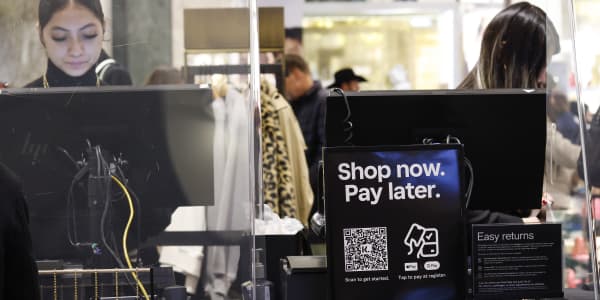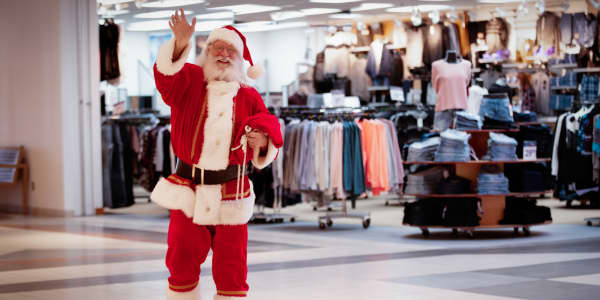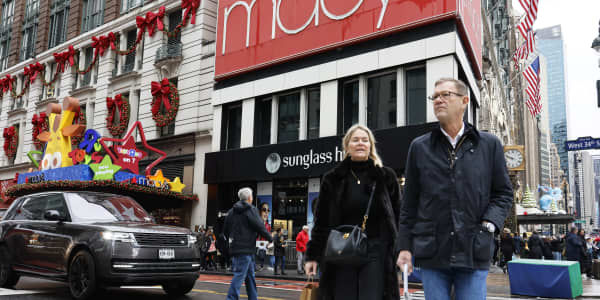Picture this: panicked banker/trader walks out of the New York Stock Exchange and realizes (gasp!) "Oh ****, it is Valentine's Day/our anniversary/her birthday?!" Where does he head? He follows the big orange sign across the Street to Hermes or down the Street to the Tiffany's that is about to open on the 10th. Who else is there? One of the many many Japanese/European/American tourists swarming the Wall Street sites and Thomas Pink.
It is hard to tell a company wide story from a single New York shop but the point of the growing presence of high end shops on Wall Street does make the point that the financial service industry is an important part of high end and luxury store clientele. In fact, high end companies have ridden the wave of wealth rising from right on Wall Street thanks to global growth and the hedge fund boom. High end stores have been the safe insvestor bet.
Remember, while financial service jobs make up 5.4% of all jobs in the U.S., Wall Streeters were not the only beneficiaries of the 'wealth effect' created by a strong stock market and housing boom. Now, some are starting to wonder whether that sales wave may recede a bit in the wake of layoffs, bonus cuts and new pressures on consumers who feel less rich.
Ernst & Young JUST revised its luxury sector annual growth projections from 8% down to 5%... Why? Because the "Wealth Effect" that helped fuel shoppers' buying binges is wearing off. Two years ago the average customer at Coach--whose products cost an average $298--bought 2-3 handbags per year. Now she buys 4 per year. The worry is that she'll scale back to old habits.
Middle class people have been moving up and buying higher end luxury goods. That 'premium' level store that brings in 'aspirational' shoppers might get hurt. JP Morgan classifies that as a Coach, Tiffany's,Abercrombie,J. Crew. I'd say it is a store that sells products in the $100-200 range.
Who's safe from the receding wealth effect wave? The ultraluxury brands that sell to customers who take home $150,000-250,000 and above. That's Ralph Lauren, Movado, Nordstrom, Saks, LVMH and PPR. These stores have strong international exposure and can still cash in on the global growth in China, India, etc. The key difference in performance will be between premium brands versus superpremium. The ultrawealthy are recession proof.
But premium, high end stores will need to stimulate demand with new product.
Questions? Comments? retaildetail@cnbc.com




